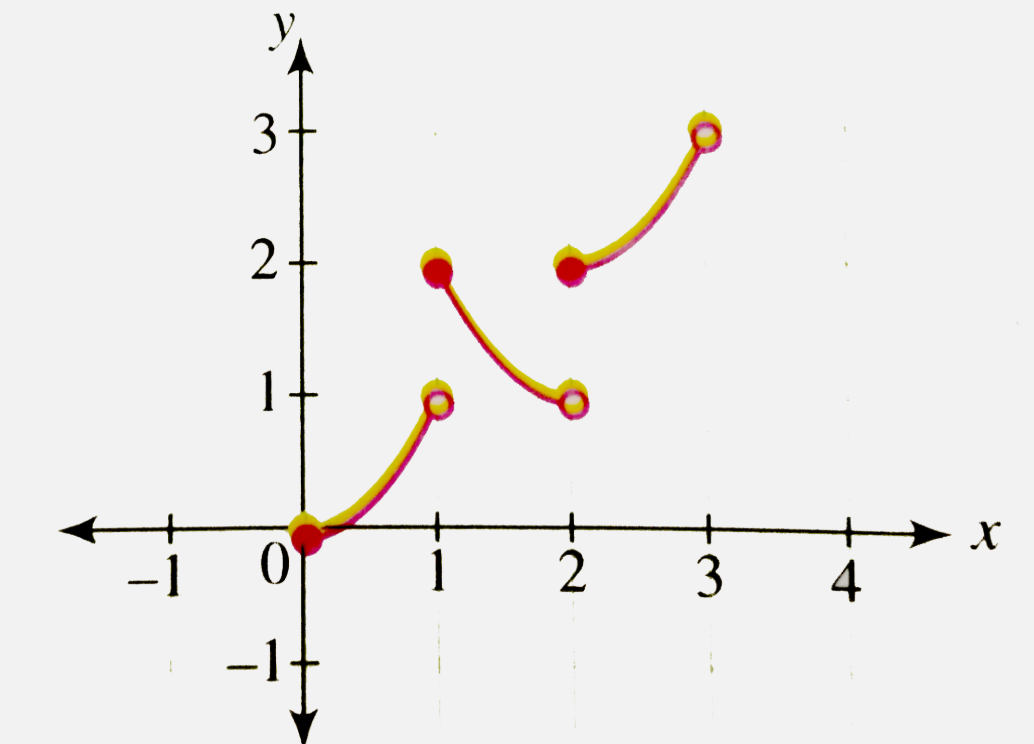If P(E)=0.10, what is the probability of not E?Solution in Tamil
Clearly the graph 'a' and 'b' are lying entirely above the x-axis. Now for graph 'b', derivative becomes zero at point p.

For graph 'c', derivative becomes zero at x = q and x = r.
Now none of the graphs meets the x-axis at two points q and r.
Hence 'a' must be the graph of the derivative of graph 'b'. Also for x = p, the graph of 'a' meets the x-axis , which confirms this fact.
Let 'b' be the graph of y = f(x) and 'a' be the graph of y = f'(x) , then can 'c' be the graph of y = f''(x)?
Certainly not, as otherwise graph 'c' had cut the x-axis twice.
So 'c' is the graph of y=f(x). 'b' is the graph of y = f'(x) and 'a' is the graph of y = f''(x).
Also for graph 'c', the angle of tangent with + ve x -axis is acute and increases till the point x = p. After x = p and onwards, angle decreases but remains positive. Thus, the graph of y = f'(x) , which is graph is graph 'b' , line entirely above the x-axis. In other words. the graph of 'c' is entirely increasing, hence its derivative is positive, as a result graph 'b', which is the graph of y = f'(x), lies above x - axis.
So finally c is y = f(x), b is y = f'(x) and a = f'(x).
Topper's Solved these Questions
- GETTING STARTED WITH GRAPHSBOOK - CENGAGECHAPTER - GETTING STARTED WITH GRAPHSEXERCISE - Exercise
18 Videos
- FUNCTIONSBOOK - CENGAGECHAPTER - FUNCTIONSEXERCISE - Question Bank
21 Videos
- GRAPH OF INVERSE TRIGONOMETRIC FUNCTIONSBOOK - CENGAGECHAPTER - GRAPH OF INVERSE TRIGONOMETRIC FUNCTIONSEXERCISE - Exercise
18 Videos
Similar Questions
Does the following graph pass the vertical or horizontal line test ?

View SolutionIf there are four distinct real numbers satisfying thẻ equation ∣∣x2−4x−7∣∣=n, then number of integers in the range of n is
View SolutionDraw the graph of y=tan−1x+cot−1x
View Solutionयदि P(E)=0.05 है तो E नहीं की प्रायिकता क्या है?
View Solutionयदि P(E)=005 है, तो 'E नहीं' की प्रायिकता क्या है?
View Solutionयदि घटना E की प्रायिकता P (E )=0.08 है, तब 'E नहीं' की प्रायिकता क्या होगी ?
View Solutionयदि P (E ) = 0.05 है, तो ' E नहीं ' की प्रायिकता क्या है ?
View SolutionIF P( E ) =.05, what is the probability of 'not E'?
View SolutionIF P( E)=0.546, what is the probability of "not E"?
View SolutionIf P(E) = 0.05, what is the probability of 'not E"?
View SolutionIf P(E)=0.05, what is the probability of not E?
View SolutionIf P(E) = 0.05, what is the probability of 'not E"?
View SolutionIf P(E) =0.05, what is the probability of not 'E'?
View SolutionIf P(E) = 0.35, what is the probability of "not E"?
View SolutionIf P(E) = 0.43, what is the probability of "not E"?
View Solution
